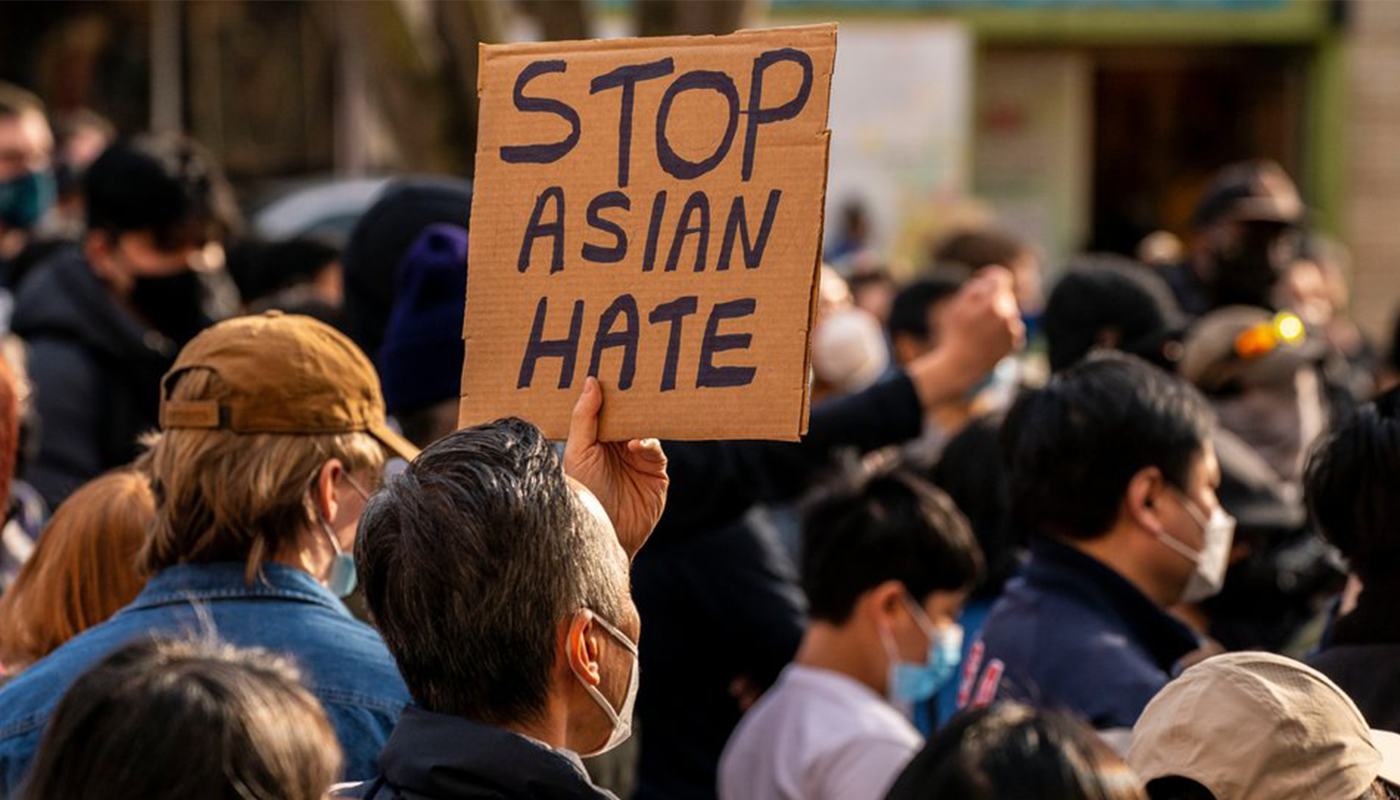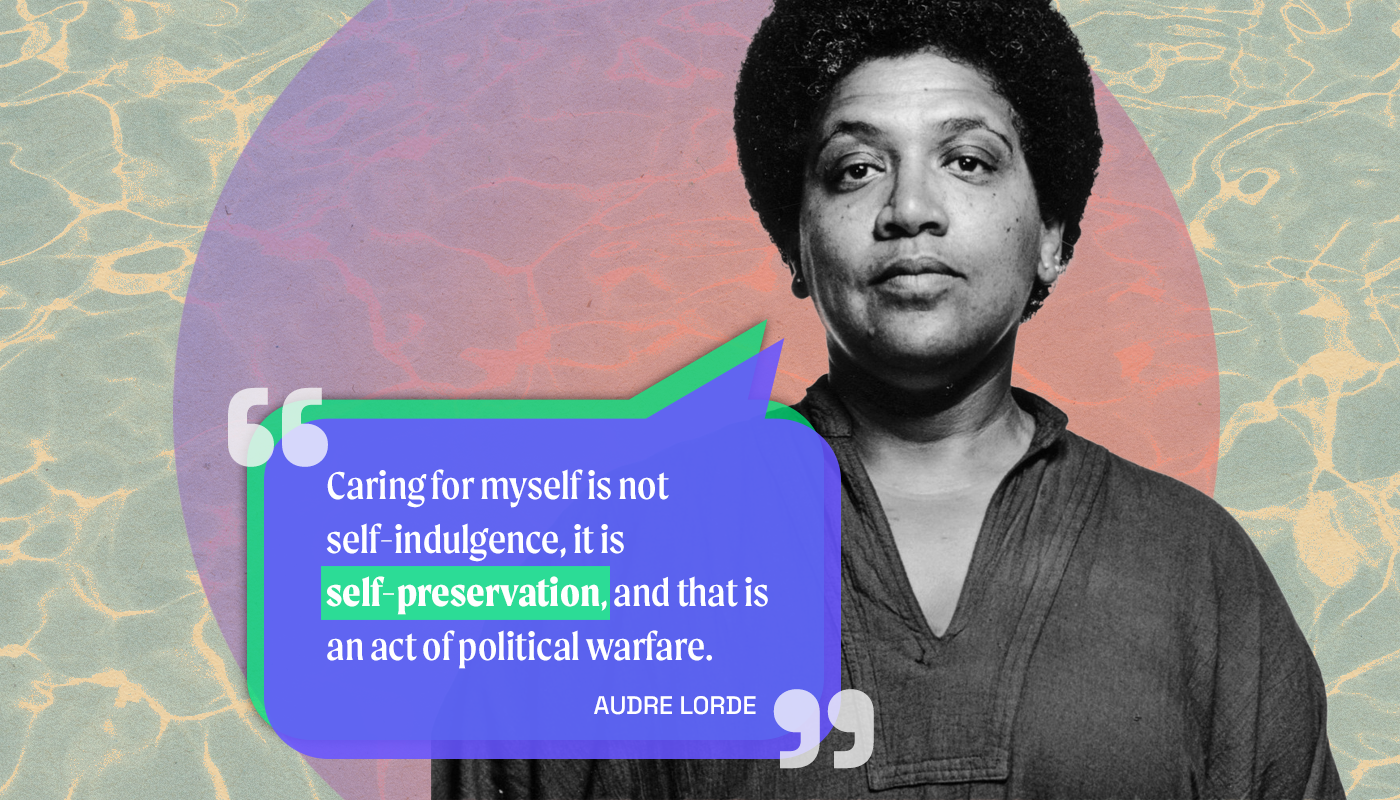Beyond #StopAAPIHate
How to meaningfully support Asian Americans in the workplace.

This past year, COVID-related fearmongering has led to an explosion of reported hate crimes against Asian Americans and Pacific Islanders (AAPI). COVID-19 was first discovered in China, prompting sinophobic (anti-Asian) rhetoric, racism, and discrimination against individuals of Asian descent.
On March 16, 2021, eight individuals, six of whom were Asian American, were murdered at three massage parlors in Atlanta, Georgia. This series of shootings and many other instances of racism and racist violence have spurred conversations on the experiences of Asian Americans, including workplace harassment. In fact, beyond anecdotes, studies have shown that Asian American employees have not been adequately supported. For example, according to a study by IBM, “while 74% of White people felt empowered and supported professionally, only 40% of Asian Americans did.” Further, “68% of White respondents say they feel empowered and supported in addressing personal challenges, versus only 22% of Asian American respondents.” IBM also found that almost 80% of Asian workers have experienced race-based discrimination.

of Asian workers have experienced race-based discrimination.
It is imperative that an organization’s leadership and employees support their Asian American colleagues.
Background
“We either have to choose to be that meek, compliant Asian person or we have to be dragon lady. There’s no middle ground.”![]() Mary Min, The Atlantic
Mary Min, The Atlantic
Many of the challenges Asian Americans experience are due to the insidious nature of the Model Minority Myth, which is the idea that Asians are intelligent, docile, and hardworking people of color who do not cause trouble. This term was first coined in the 1960s to describe the success stories of Japanese Americans, who experienced extreme forms of discrimination (i.e., through Japanese incarceration during WWII), but were able to overcome these challenges through hard work alone. While seemingly positive, these stereotypes have a slew of negative consequences and effects, including being used to pit Asian Americans and other communities of color against each other.
To make matters worse, Asians are often considered to be a monolithic ethnic group, yet there are almost 50 countries that make up the continent of Asia. When Americans think of Asians, they often think of East Asians (e.g., Chinese, Japanese, Korean individuals, etc.), rather than Pacific Islanders (e.g., Native Hawaiian, Samoan, Tahitian individuals, etc.), Southeast Asians (e.g., Cambodian, Filipino, Vietnamese individuals, etc.), or South Asians (e.g., Indian, Pakistani individuals, etc.). Therefore, many communities are underserved and unseen in discussions of “Asian American” issues.
Asian American history is also scantily taught in school and, when it is, it often only covers the experiences of Chinese immigrants during Chinese Exclusion and Japanese Americans during Japanese incarceration. This often highlights the idea that AAPI individuals are “foreign others” and continues to make their experiences largely invisible.
In the workplace, Asian Americans experience substantial barriers that are often obscured. While controversy surrounds its coinage, the “Bamboo Ceiling” is a term developed by Korean American Jane Hyun that describes the often invisible forces that may prevent Asian Americans from moving up the organizational ladder. Researchers have shown that the extent to which the Bamboo Ceiling impacts Asian Americans differs depending on the Asian ethnic group, which again highlights the importance of viewing Asian Americans as a heterogeneous group.
Since the COVID-19 pandemic has highlighted the existence and dangers of anti-Asian rhetoric, and the importance of supporting Asian employees, here are three tips that leaders and employees can enact in their workplace.
1. Foster allyship: Learn about and challenge the unique obstacles Asian Americans might be facing in your industry
“A lot of different organizations are hiring their first diversity officer ever, and we have been told by clients, ‘We want someone Black or brown only.’” ![]() Debbie Tang, Bridge Partners, SHRM
Debbie Tang, Bridge Partners, SHRM
Are you sad and angry about the surge in anti-Asian violence? Wondering if there’s something anti-racist you can do? One idea: learn how pronounce Asian names! It doesn’t have to be perfect. Just try, and it will make a difference to your Asian friends and people you meet. (1/8)
— Yan Kung (@KungLab) March 18, 2021
Both leaders and employees can learn about the experiences of Asian Americans as a whole, as well as those specifically in their industry. For example, stereotypes of Asian Americans as individuals who excel at math and science have led to an overrepresentation of Asian Americans in the STEM (science, technology, engineering, and mathematics) fields. However, despite this stereotype, it is important to note that few rise in the ranks within those fields—especially women. In addition, researchers have shown that employees with Asian last names c0ntinue to experience discrimination in hiring.
Many organizations, unaware of the existing barriers, rarely prioritize Asian Americans in their diversity programs. Leaders have an opportunity to develop programs that include Asian Americans beyond “cultural inclusion” and condemn discrimination in the workplace. With knowledge about the stereotypes and barriers that Asians experience, employees can confront instances of racism when they see them. Research has shown that allies who confront discrimination are often taken more seriously than the targets of discriminiation, demonstrating the importance of allyship.
2. Develop an Employee Resource Group for your Asian American colleagues
“…the company started to see the ERGs as not just a social club…[and] started to realize the ERGs could help PG&E’s image and attract top talent.” ![]() Wayland Chan, PG&E Currents
Wayland Chan, PG&E Currents
During a year when many employees have experienced the stress and anguish that comes with anti-Asian violence and the pandemic, it is imperative that Asian employees have a space to discuss these issues. To support Asian Americans, employees can advocate for the development of an employee resource group (ERG) for Asians and allies. These spaces can be a place for healing and discussion, as well as learning and allyship with other ERGs. Some Asian-centered ERGs, such as the Asian Employees Association at PG&E, also focus on community service and outreach. While a group focused on Asian Americans may perpetuate ideas that the group is a monolithic one, leaders of the ERG can work to create a space where any individual who identifies as Asian is supported.
3. Support Asian Americans without denigrating other communities of color
“Of course, our lives do matter, but using this phrase is fallacious in a way similar to ‘All Lives Matter’ — it’s not untrue, but it’s a direct response to ‘Black Lives Matter’ that attempts to derail our focus on anti-Black oppression and shift it to a different group.” ![]() Katie Li, Insider
Katie Li, Insider
3. I won’t get into them all, but read this interview with historian @ellendwu: https://t.co/5IPT3bCArF
— Jeff Guo (@_jeffguo) April 15, 2017
The Model Minority Myth and tropes of Black-Asian conflict have long been used to pit Asians and other communities of color against each other. Therefore, it is important that, when supporting Asian Americans, individuals do not fall back on Model Minority Myth rhetoric, which is harmful for both Asian Americans and other communities of color. For example, saying, “Asian Americans shouldn’t be discriminated against! They never cause trouble,” implies a problematic comparison to people of color who are stereotyped as “troublemakers,” such as Black individuals. In addition, this idea underscores the idea that it’s only important to support Asian Americans, because they’re “good minorities” or “good members of society.” Instead, simply say, “Asian Americans shouldn’t be discriminated against.”
Similarly, be wary of co-opting other movements when supporting colleagues. For example, refrain from saying things like, “Asian Lives Matter,” because doing so co-opts the Black Lives Matter movement. When an individual is unsure whether they’re co-opting a movement, they can ask themselves: where does my activism stem from? Who started it, and am I crediting and including them in my dialogue? Am I talking over other members from the community or movement?
Challenges that Asian Americans face have long been ignored, especially in the workplace. The COVID-19 pandemic has made these experiences more visible, but they won’t go away with the pandemic. Therefore, it is important for employers and employees alike to challenge implicit and explicit anti-Asian racism and advocate for spaces of support for Asian Americans, all while continuing to be an ally to other communities of color. ![]()






